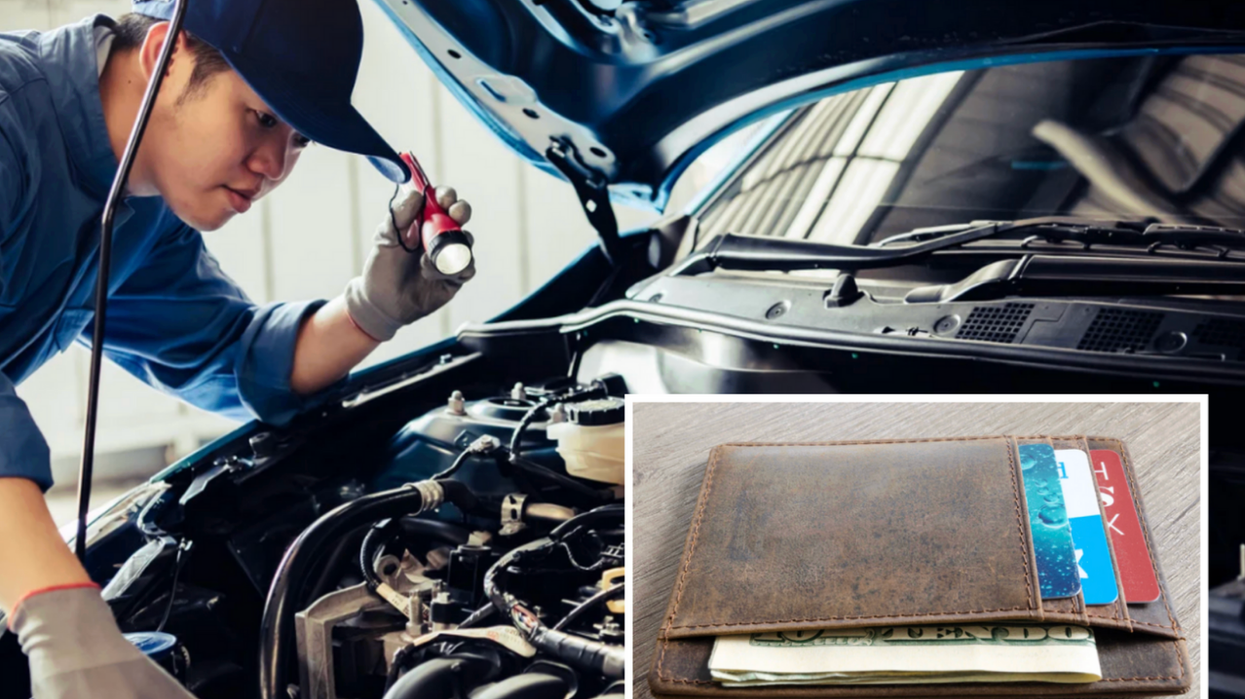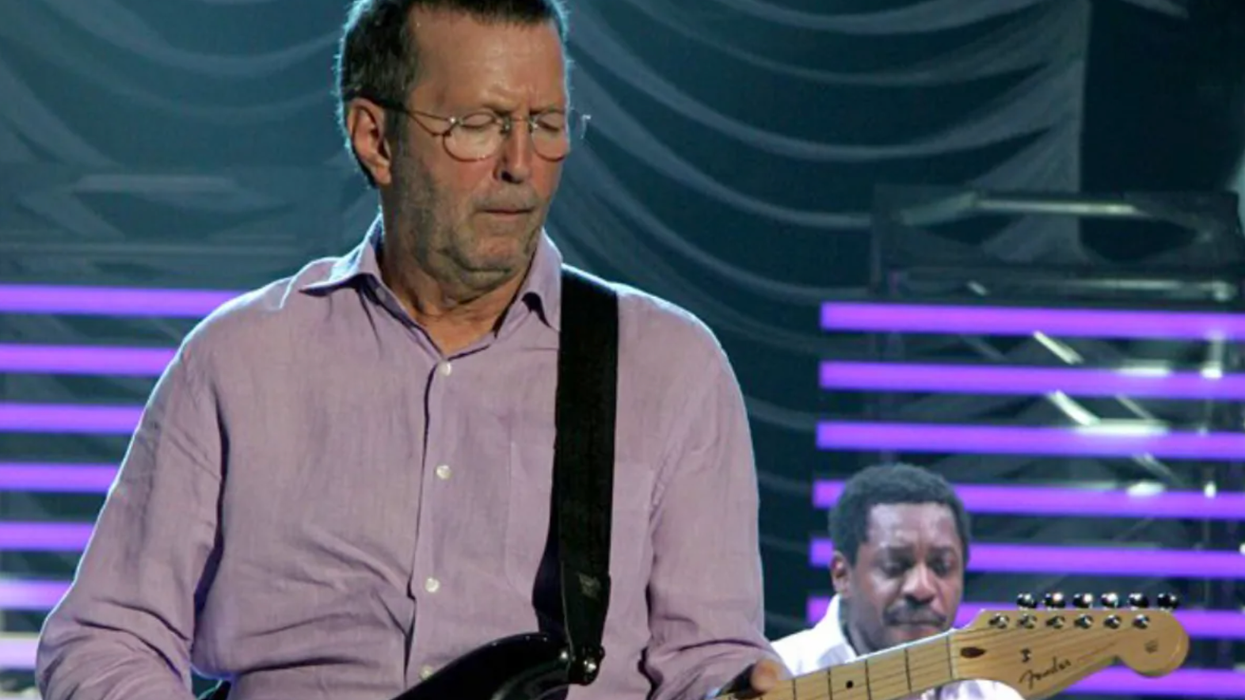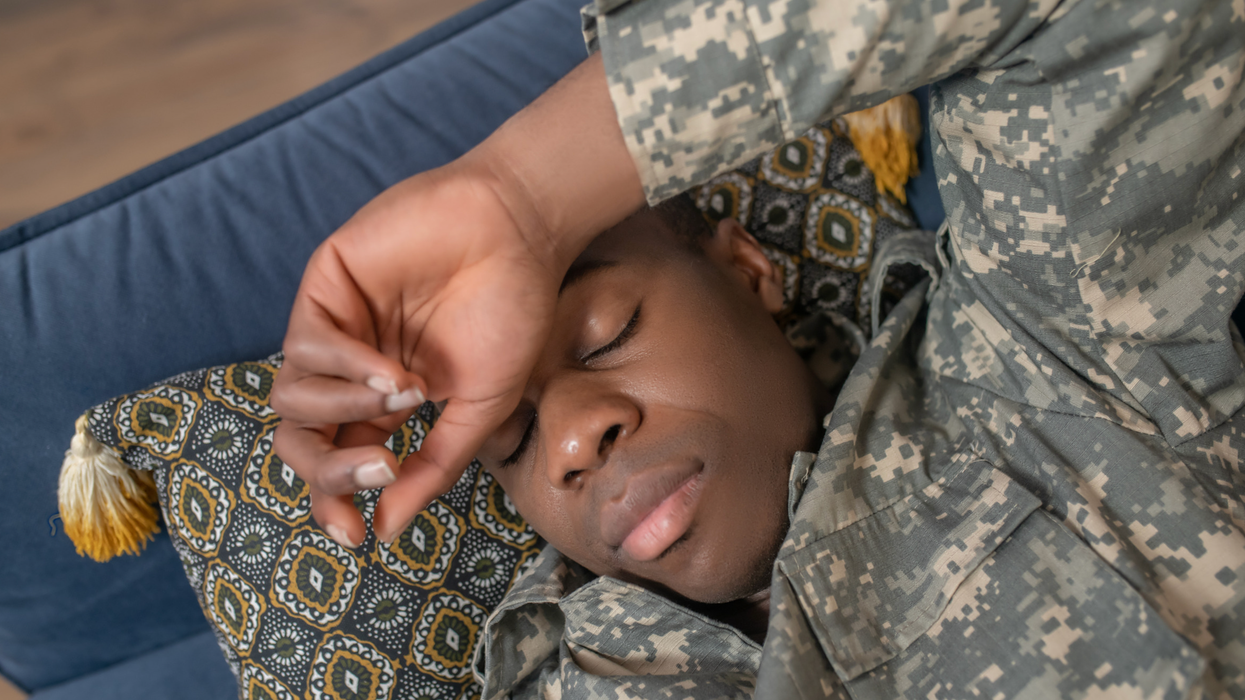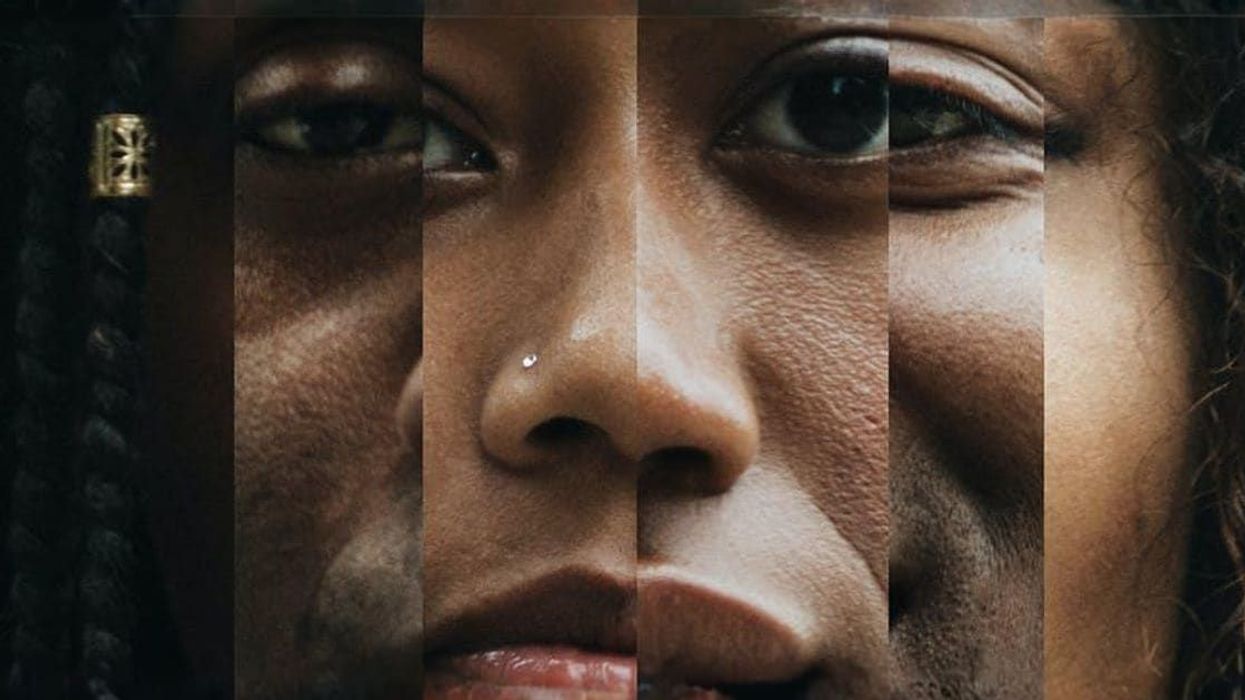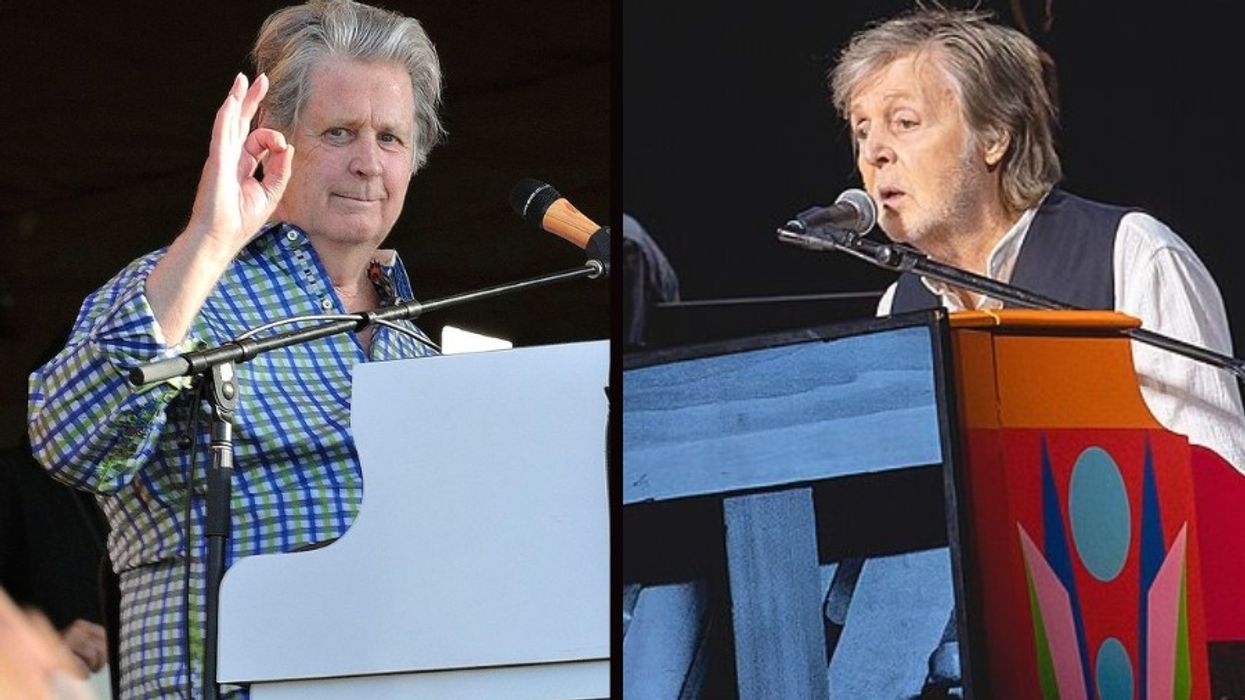"Democratizing healthcare”—those are two big words, and I don’t quite know what they mean. But what I know is that they evoke (vaguely but strongly) how things should be, and highlight what healthcare is not today. It is not personal, it is not preventative, it is not universally accessible.
In 2009, I could not have been further removed from healthcare community. In fact, I had not a single idea of anything to do with medicine. My background is in Electrical Engineering, which I studied as an undergrad in India. Then, a chance encounter with friends Abhishek and Yogesh, two doctors who were interning in the rural hinterlands of Maharashtra, a state in India, changed everything. They had to brave lack of infrastructure, lack of staff, political problems, local disbelief of scientific medicine, and other challenging conditions.
To compound matters, there was an acute shortage of appropriate medical devices available. This last part is really something to be worried about if you are a doctor. It is like telling a carpenter: go build without the right tools. Appropriate medical devices are in short supply in the developing world because historically, the whole medical device industry is based in, and caters mostly to, North American and European healthcare systems. Simple economics means that the technologies that do turn up in lower income countries are, in the best cases, refurbished, ill-fitting medical equipment or new but unaffordable. Or, they are inappropriate for many reasons: not rugged enough for field use; not simple enough for untrained non-medical personnel; needing power and other infrastructure; etc.
This is why a group of doctors, engineers, designers, and I set out to build a TouchHb, a medical device that addressed one specific problem: screening and monitoring for anemia, which is especially a problem for children and pregnant women. We learned a lot during the making of ToucHb—like any other med tech startup—only we were based in rural India rather than Silicon Valley.
We soon found another similar problem to tackle: routine urine analysis.
The machines we saw used in the West and in hospitals in Mumbai and Delhi were power-hungry lab machines, costing $1,000 and more. They work when a user dips a small paper test strip in the urine sample, and then it's placed in the machine. The paper contains chemical dots arranged in a sequence that change color over time, depending on the concentration of glucose, bilirubin, nitrites, etc., in the urine. The machine “reads” the strip and provides the test report.
We asked ourselves, “Why couldn’t a mobile phone do the same job?” We figured we could replicate what the $1,000+ lab-based urine analyzer did—basically imaging of test strips—with any cell phone that had a decent camera.
After a few months, we came up with a reasonably stable, reliably accurate system: The uChek App and peripheral. In April 2013, after registering this with the U.S. FDA, we released this first commercial version on the iTunes App Store. It works just like the $1,000 lab urine analyzer does: Dip the strip in the sample, and put the strip in the box. Only, in the case of uChek, the phone was the imaging sensor and the processor and all the smarts.
The app then measures 14 health parameters (Glucose, Protein, Urobilinogen, Calcium, Blood, Creatinine, pH, Ketone, Bilirubin, Specific Gravity, Nitrites, Leucocyte, Ascorbic Acid, Microalbumin) using routine urine analysis, provides day-to-day analytics, and, importantly, enables regular monitoring for early warning markers for more than 25 medical conditions, including complications of diabetes, pregnancy, kidney disease, and urinary tract infections. The whole idea is to spot risks early, and to address big problems before they become too big. This is important both for the home user, as well for the beneficiary of the low-cost clinic in the developing world.
Currently, to get this very cool technology to users, we need to set up the production facilities and also get the required medical device certificates to legally ship these to different countries. To raise funding for this, we set up a crowdfunding campaign. In exchange for contributions, we are promising users their own personal uChek devices, as well as a chance to donate devices to nonprofit clinics delivering subsidized or free care to those in need.
“Democratize healthcare” are two big words. But put simply, we believe that making technologies accessible to everyone to improve health comes everywhere is what it is all about. There is a long way to go, but there is great promise, great potential, in the power we carry in our hands.
This project is featured in GOOD's series Push for Good—our guide to crowdsourcing creative progress.





